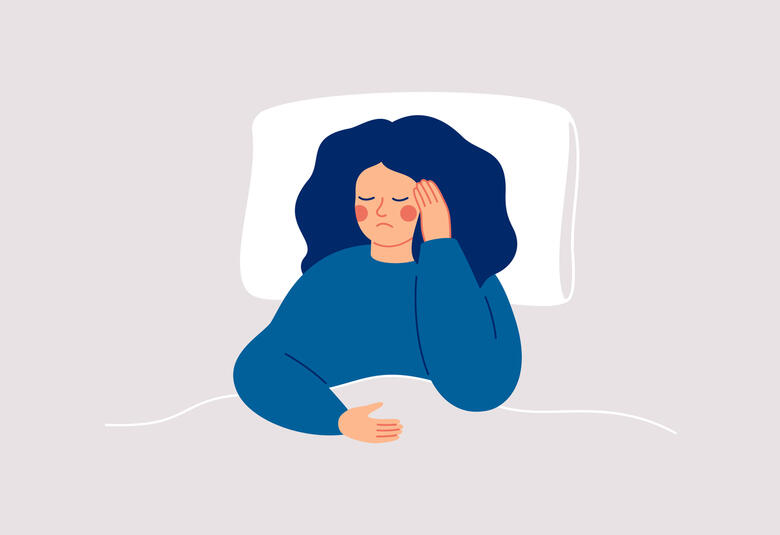Non-adherence to oral antipsychotics is associated with significantly worse severity of bipolar disorder and functioning. Use of long-acting injectable atypical antipsychotic therapy to address adherence decreases the frequency and severity of relapse and lowers the risk of hospitalization for mental or physical illness for certain patients with bipolar disorder type 1, explained expert Professor Toba Oluboka at WCP 2021.
Non-adherence and relapse rates
High rates of non-adherence and relapse are very common
Management of bipolar disorder 1 is challenging and complex, said Professor Toba Oluboka, University of Calgary, Canada. It is not how well patients do when they are depressed or how well they do when they are manic, but how well they do overall in maintaining wellness over time.
High non-adherence and relapse rates and low recovery rates are the norm for patients with bipolar disorder 1, said Professor Oluboka. Among 252 patients followed after discharge for 2 years:
- 1-year and 2-year full-adherence rates were 41% and 36%, respectively1
- 1-year and 2-year recurrence rates were 42% and 61%, respectively1
Suboptimal adherence is associated with significantly worse disease severity and functioning
Patients with bipolar disorder type 1 are symptomatic for almost half the time of their illness (47.3% during a mean 12.8 years of follow-up).2
Professor Oluboka highlighted that non-adherence and partial adherence play a significant role in poor outcomes for patients. In one study of 303 outpatients on oral antipsychotics, 69% showed suboptimal adherence, and this was associated with significantly worse disease severity and functioning.3
What can be done to improve adherence and prevent relapse?
Treatment with a long-acting injectable atypical antipsychotic significantly delays time to relapse and patients are less likely to require hospitalization
Mood stabilizers and antipsychotics are the main maintenance treatments for bipolar disorder 1,4 and the 2018 CANMAT guidelines include a long-acting injectable (LAI) atypical antipsychotic as a first-line option.5
The frequency and severity of relapse for certain patients on LAI atypical antipsychotic are decreased, said Professor Oluboka.
- Time to recurrence of mood episodes6,7 and time to relapse are significantly delayed6,8
- Patients are likely to continue longer with treatment and less likely to require hospitalization for mental or physical illness than with oral antipsychotics4,9
Which patients benefit from long-acting injectable atypical antipsychotic?
A long-acting injectable atypical antipsychotic is recommended for patients who have multiple episodes and low adherence
Recommendations for the use of LAI atypical antipsychotic for patients with bipolar disorder have been made following a systemic review and expert consensus meeting,10 said Professor Oluboka.
The process concluded with the recommendation for LAI atypical antipsychotic use in patients with rapid cycling bipolar disorder and bipolar disorder type 1 and the following characteristics:
- Multiple episodes and low adherence
- Infrequent but serious episodes
- Low adherence potential
- Preference for injectable vs oral agent
- Experiencing residual agents on multiple oral agents10
This Meet the Expert session at WCP 2021 was supported by Otsuka Pharmaceutical Co., Ltd
Our correspondent’s highlights from the symposium are meant as a fair representation of the scientific content presented. The views and opinions expressed on this page do not necessarily reflect those of Lundbeck.




